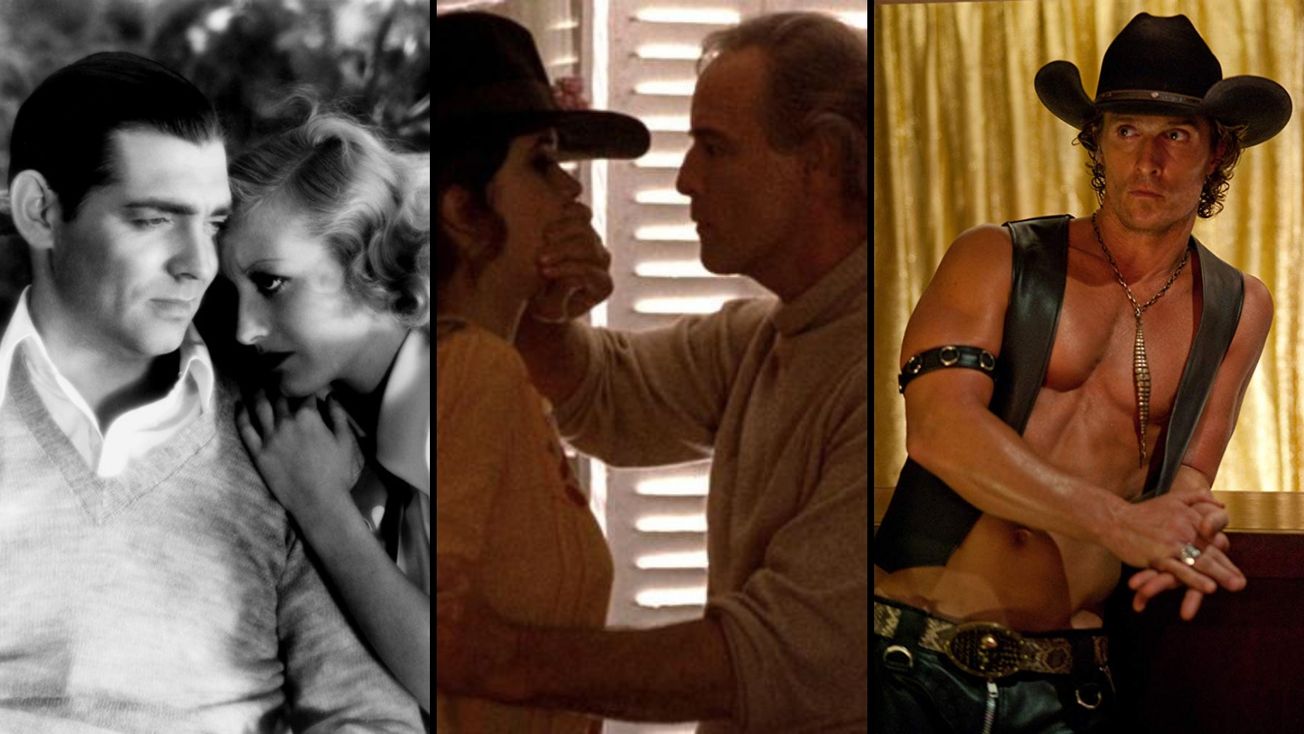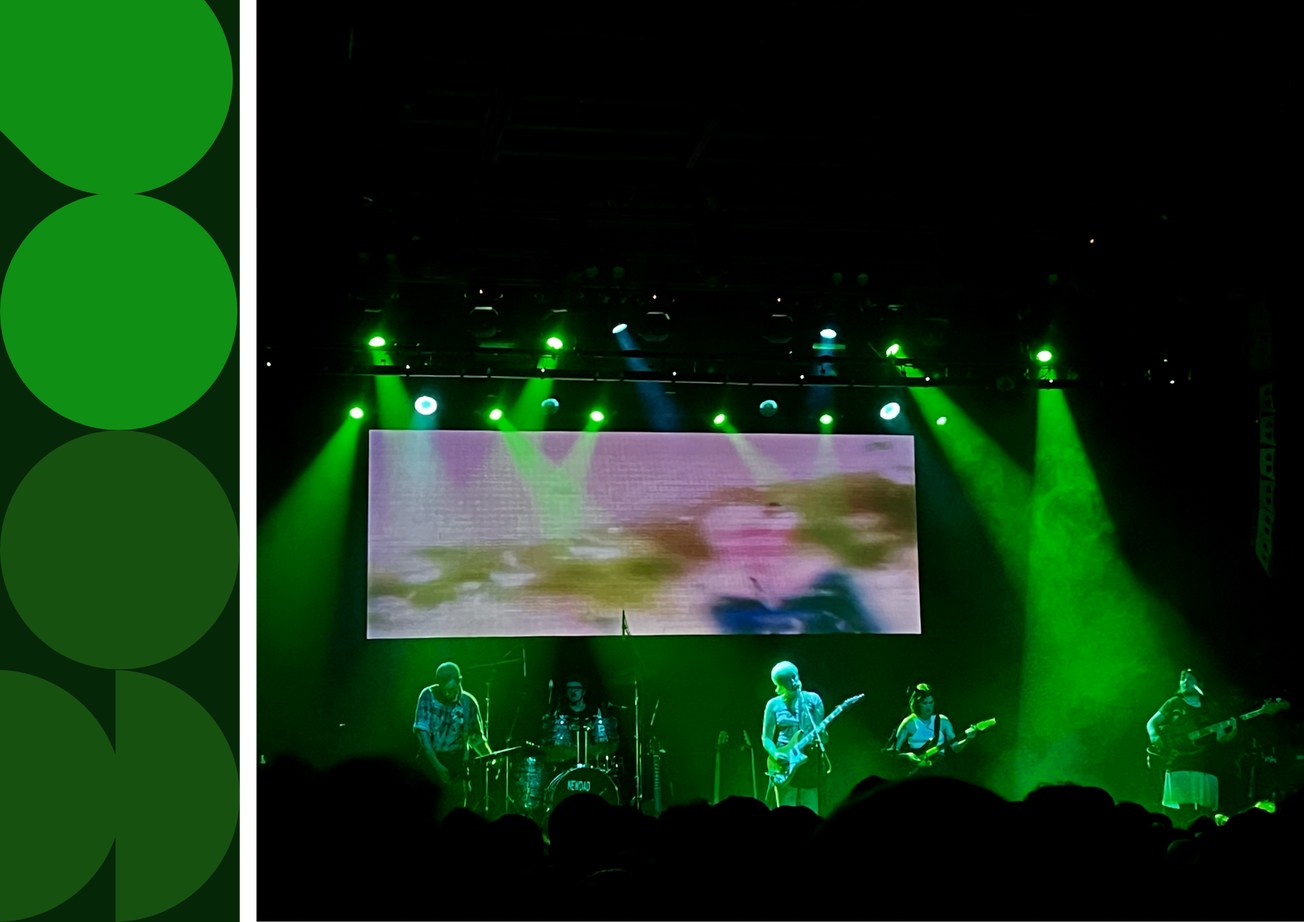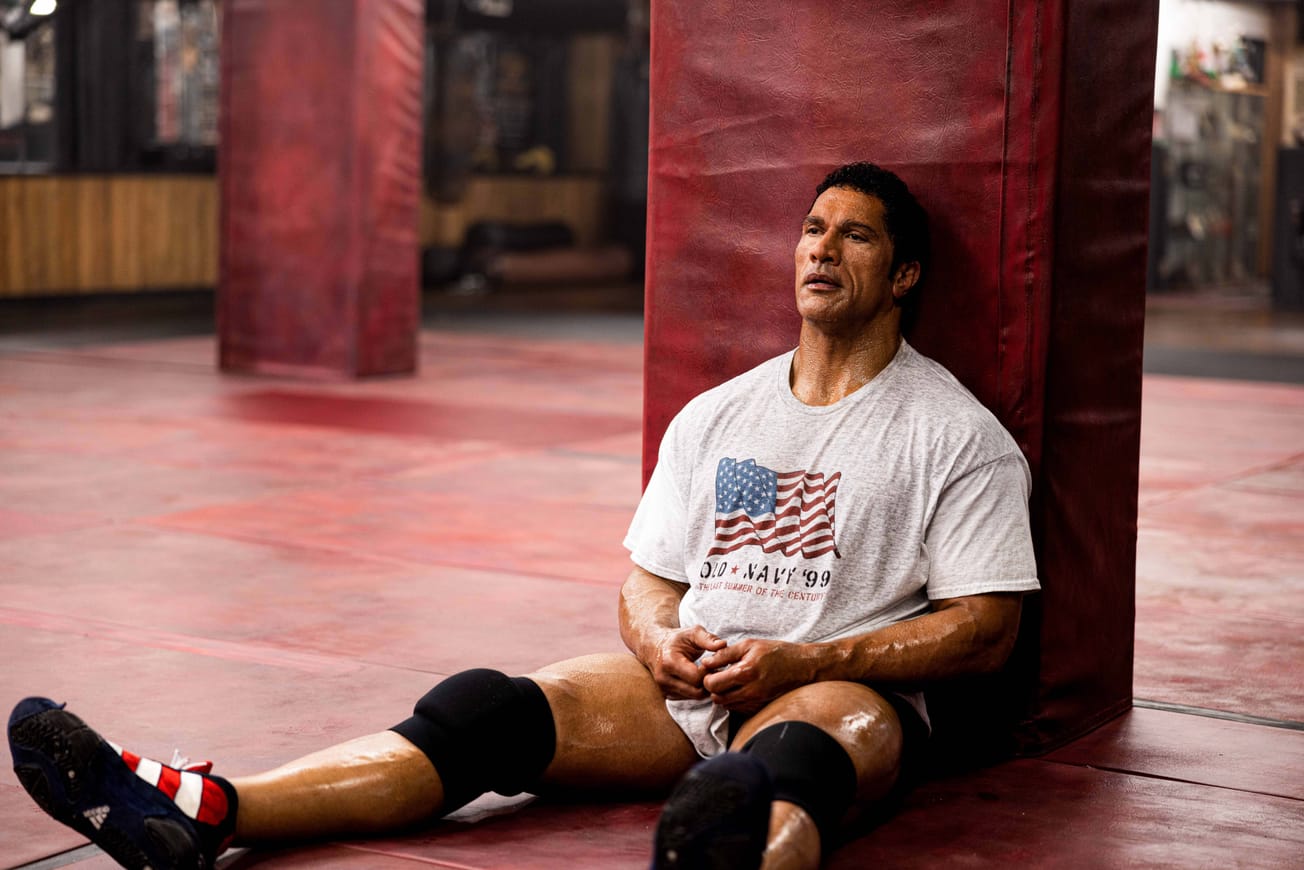By Leah Martindale, Third Year, Film
As part of our Sex in Film series, Leah Martindale explores how eroticism has evolved on the silver screen.
We’ve all been there. Sat with the family, crisps on the table, telly on. Suddenly, someone starts grunting - it’s coming. They’re coming.
Knowing the sex scene is coming in killing Eve whilst I watch with my parents pic.twitter.com/3ZZNxdwRlZ
— abbie (@gaythasmin) November 11, 2018
Twitter / @gaythasmin
When we think of sexuality in film it usually falls into two categories: uncomfortable encounters, or porn. Upon first exploration of eroticism in cinema, it may feel like a slurry of near-pornographic films form a niche and perverse subculture surrounded by a cinema as crisp, clean, and respectable as its voyeuristic audience. Rolling Stone has listed 30 films which blur the lines between cinema and pornography, spanning 40 years between 1973 and 2013 which highlight the role of sex in films of that time.
Pre-1960s cinema seems, in retrospect, embarrassingly prudish. The twitching curtains and 'The Sims' style, three-hugs-and-they’re-married relationships which tantalised our grandparents may seem out-of-touch and desperately naive to a contemporary audience, but sex was not invented this century, and as always, cinema was at the forefront.
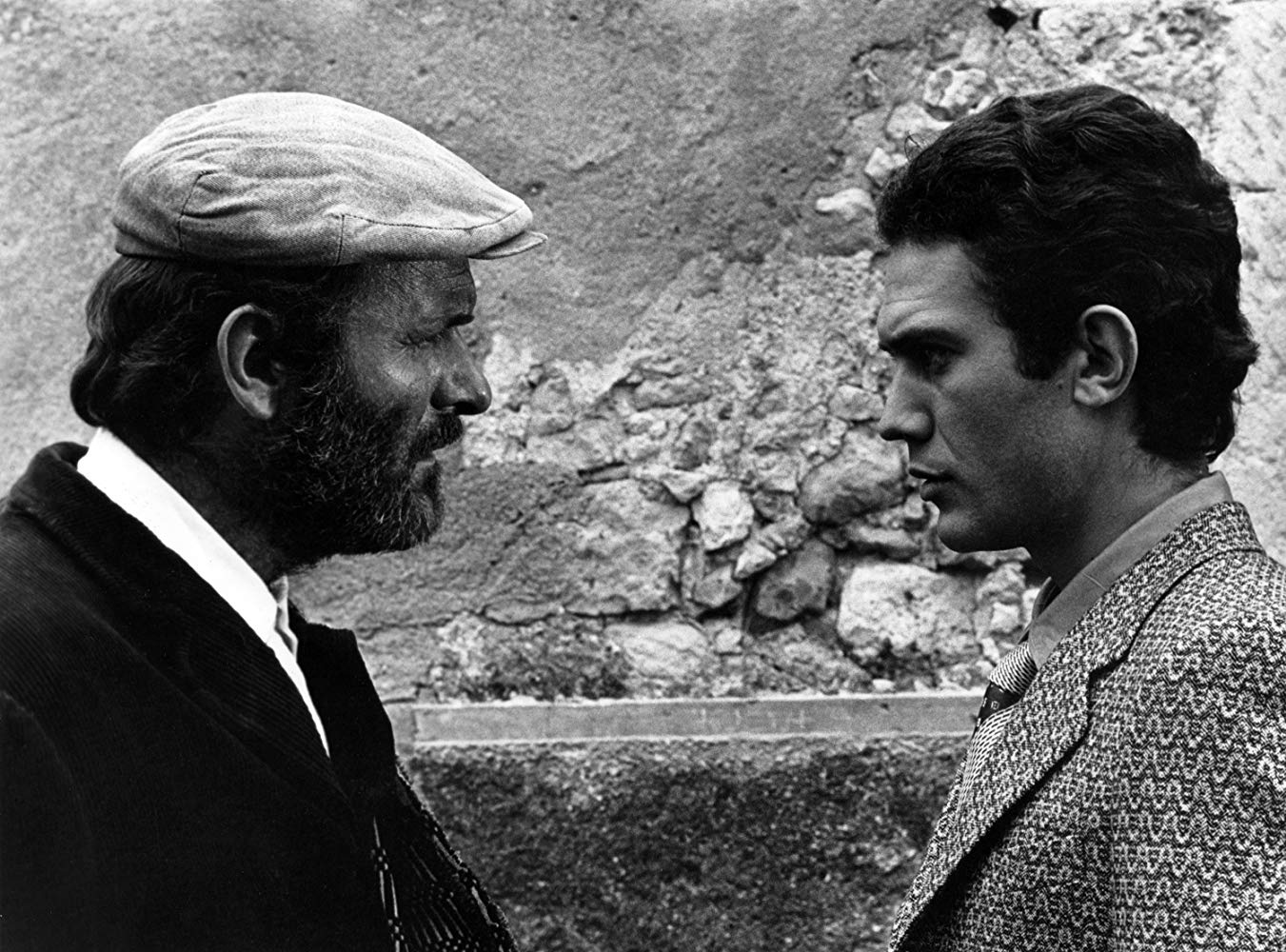
IMDb / Padre Padrone
Cinema has always been tangled in the scandals of the bedroom. From the widely accredited first filmographic pornography, Le Coucher de la Mariée (1896), to motion picture vaudevillian icon Mae West’s historic eight day imprisonment in 1927 - charged with ‘obscenity and corrupting the morals of youth’ for her stage production, simply titled 'Sex' - the stars, shows, and form of cinema have been consistently sexy.
Pre-code Hollywood cinema - the brief and debauched period between the inception of sound cinema to the mainstream in 1929 and the 1934 introduction of the Motion Picture Production Code censorship guidelines - was known for its provocative content. The self-aware titles Laughing Sinners (1931), The Devil is Driving (1932) and Merrily We Go To Hell (1932) are tantalising, raunchy, and all-over sexual.
From Magic Mike (2012) to The House Bunny (2008), Last Tango in Paris (1972) to The Last Temptation of Christ (1988), it’s clear that sex and sexuality in cinema has prevailed. The latter two were banned in certain countries like Spain and South Korea for the explicitness of their sexual content. Contemporary cinema is familiar with sexuality in both mainstream and indie cinema, which influences the misconception that previous eras of screen has been frigid.
However, it is arguable whether current cinema is more or less sexual than earlier eras. Cinema moved from an overtly and unabashed sexualised medium to one that demonised the sexual, causing subgenres and moral panics, and making sinners of the shaggers. One argument for cinema’s latest lack of sexiness is, of course, the censorship. The sexuality of Pre-code was due to a lack of regulation on the moving image.
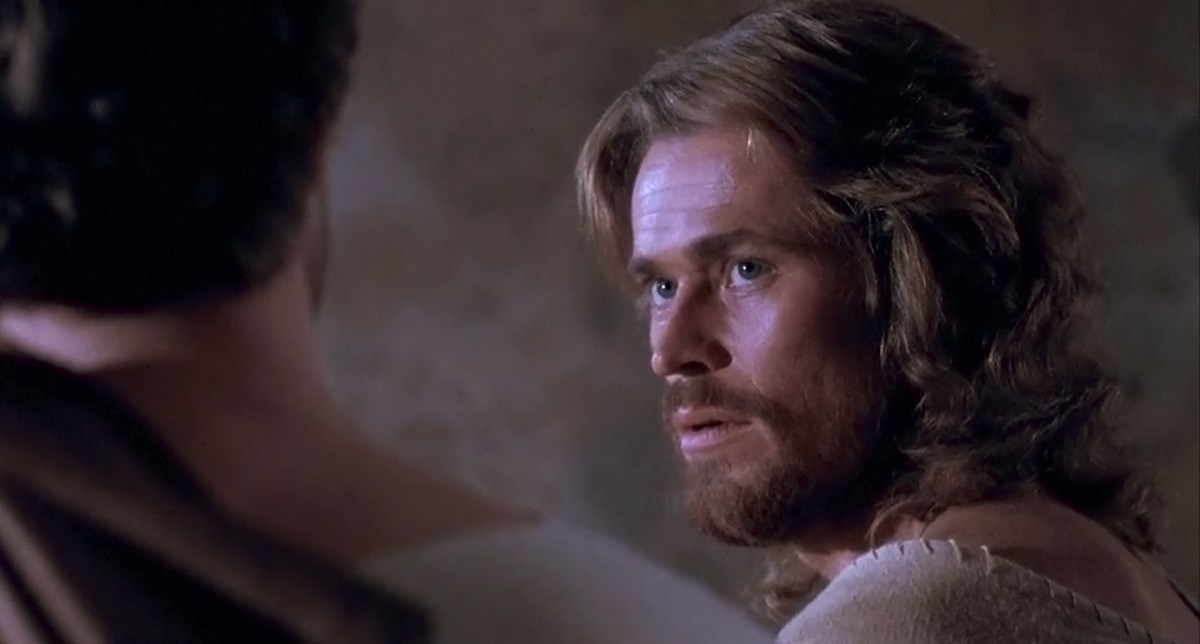
IMDb / The Last Temptation of Christ
With age ratings came parameters for cinema which could limit mainstream success. Too sexy and it may not get shown, limiting your audience to 18+, flies-twitching weirdos. With a board of stifled bureaucrats dictating your film’s future, it makes sense for the content to be as under-the-bed-sheets as possible.
Another argument is that without the element of shock, these elements can no longer be passed as artistry. If art is about pushing boundaries and breaking the rules, it is hardly revolutionary in 2018 to show two people bumping butts. In the same way that the ankle-length skirts and courtship periods of their grandparents seemed foreign and naive to our parents’ generation, so might the sexuality of earlier cinema seem tame to a generation bred on more explicit and easily accessible material.
The sexuality underlying aspects of classical cinema seems a baffling contradiction to the respectability, religious sensibilities and conservative views of old. While certain classics like Brief Encounter (1945) and The Philadelphia Story (1940) offer Love Island-esque love-at-third-sight romances, art has always shown the complexity of the human condition.
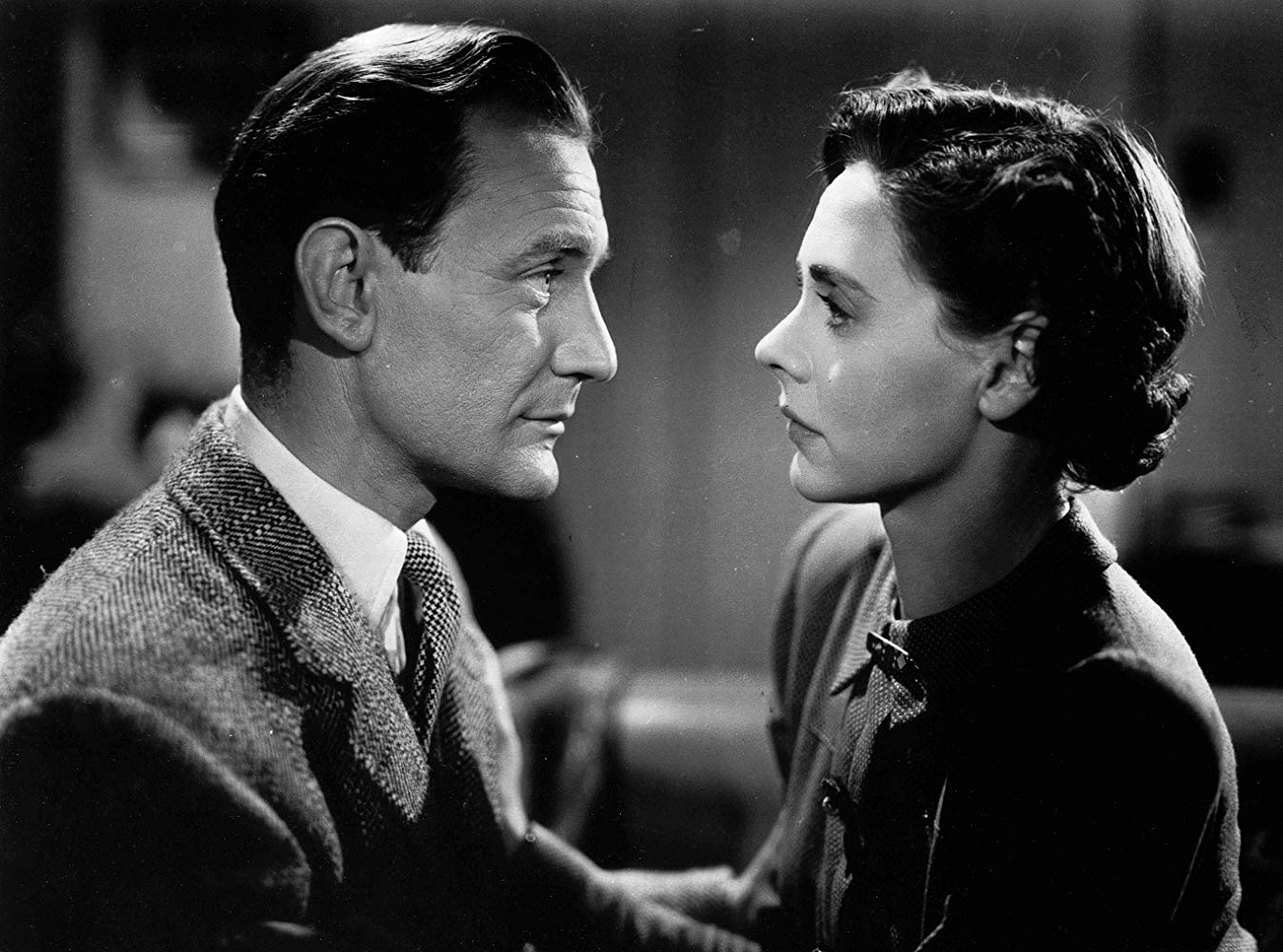
IMDb / Brief Encounter
The puritanical views of British and - after a certain period - North American cinema pale in comparison to the experimental and irrepressible European filmmaking sensibilities. German expressionism like La Belle et la Bête (1946) created worlds at once theatrical and nightmarish, completely unseen before in English language cinema; the French New Wave cinema of Les Quatre Cents Coups (1959) et al influenced the artistry of film for the rest of time; European cinema was also the pioneer in sexuality.
Belle de Jour (1967) is an award-winning, ferocious French tour-de-force of sexual fantasies, wrapped up in respectability politics and expensive furs, which has divided critics for decades. The Italian Taviani brothers’ remarkable Padre Padrone (1977) portrayed ideas of class and self-discovery using visceral, disturbing scenes of a young man’s formative sexual experiences in bestiality.
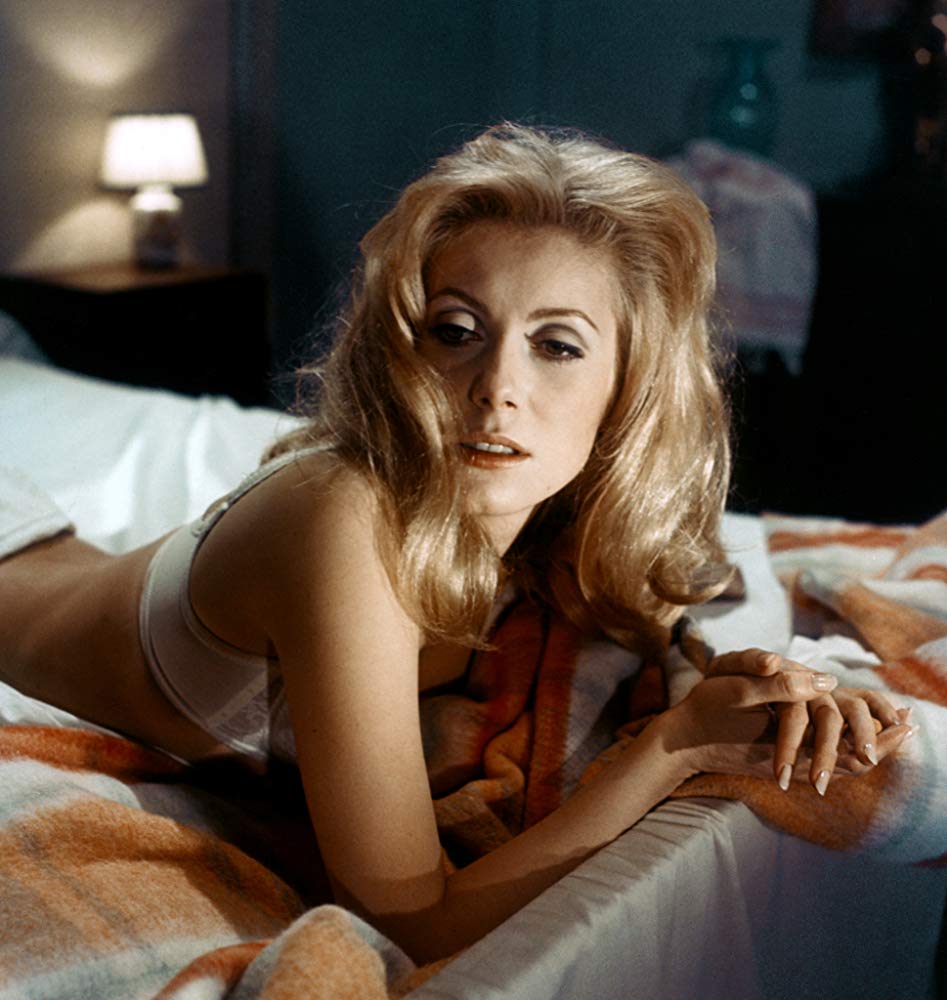
IMDb / Belle de Jour / Paris Film Production
Another potential cause for the decline of overt sexuality is the rise of sexual health education. According to the World Health Organisation, the HIV epidemic sparked in the ‘80s has claimed over 35 million people to date, proving the dangers of unprotected sex. As a result, unruly sexuality in cinema seems unethical. Films such as Parting Glances (1986) explore sexuality in the peak of the AIDS outbreak, and are revolutionary and heartbreaking counterpoints to a culture of possibly fatally influential sexual cinema.
The 1960 invention of the contraceptive pill gave women autonomy over their sexuality, before the revolutionary 1983 San Francisco gay rights campaign for free condoms for everyone later curbed sexual health outbreaks. With the change in attitudes, cinema was also revolutionised. As much as I love the debauchery and desires of classical cinema, real world context was a necessary step.
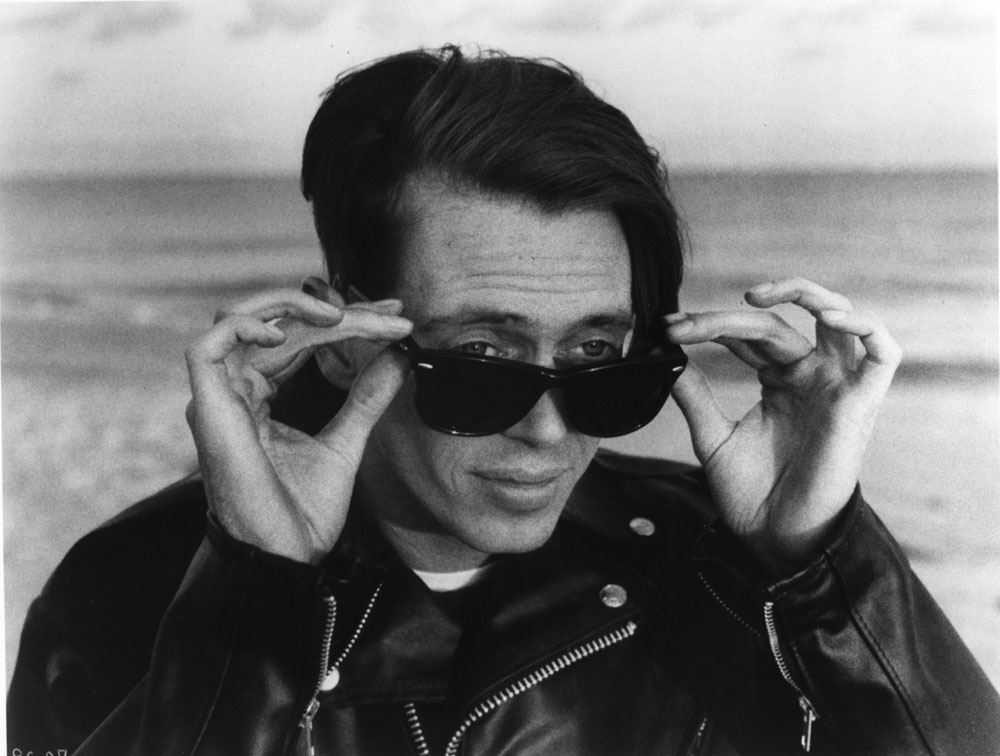
IMDb / Parting Glances
With the inception of film criticism and academic study, catalysed by François Truffaut and his peers in the ‘60s, came a rush of theorisation and discovery about the inherent sexualisation of the screen. Miriam Hansen’s exploration of spectatorship in media consumption and Laura Mulvey’s theories on scopophilia are two of the most prominent discussions of the inherent sexuality of cinema.
In short, the content is not all that can make film sexual. The use of visual direction and the heterosexual ‘male gaze’ create inherent and subconscious sexual biases in visual art. Once the inherent sexuality of the cinematic medium is acknowledged, the entire history of cinema is cast in a different - red - light.
It is easy to mistake current cinema for being sexier than the history it has left behind. Once we shirk the idea that we are the generation most in touch with our sexuality, we discover a world of cinema that will shake and shock you. There is a reason, after all, that our grandparents had so many children.
Featured Image Credits: IMDb / Laughing Sinners, IMDb / Last Tango in Paris / MGM, IMDb / Magic Mike - Collage via Canva
How do you think the depiction of sex in cinema will change in the future?
Facebook // Epigram Film & TV // Twitter

